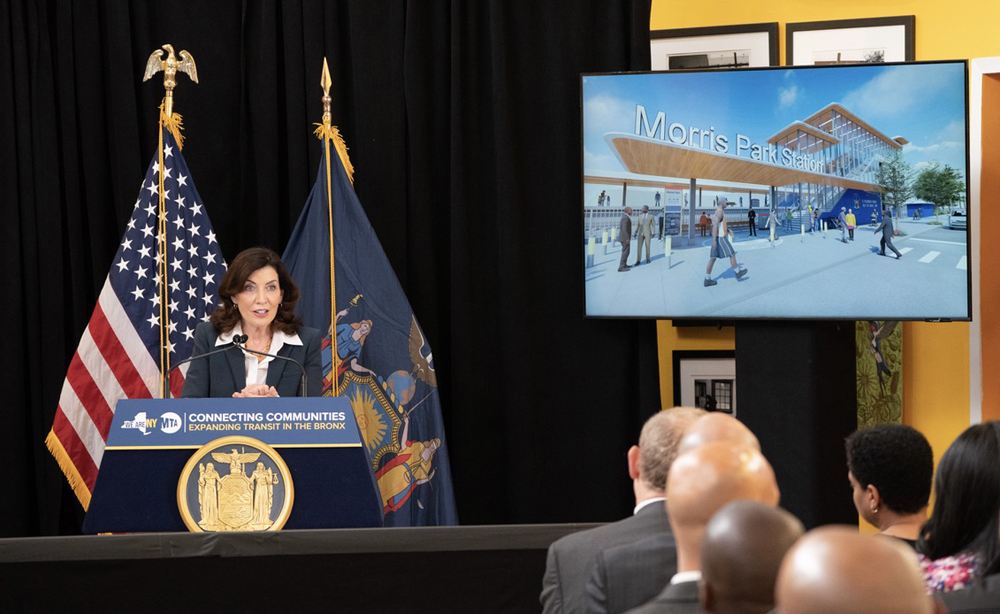
BRONX, N.Y.— New York Gov. Kathy Hochul and other officials held a groundbreaking ceremony Friday for the Penn Station Access project, which will allow trains from Metro-North’s New Haven Line to directly serve Penn Station while adding four new stations in the Bronx.
Hochul said in a press release that the project “will not only drastically reduce commute times, but it will also help connect hundreds of thousands of residents and boost local economies,” while Metropolitan Transportation Authority CEO Janno Lieber called it “a game changer for a huge and transit-deprived swath of the Bronx. 500,000 residents live within just a mile of the four new Metro-North stations, and many more when you look at the entire service area.”
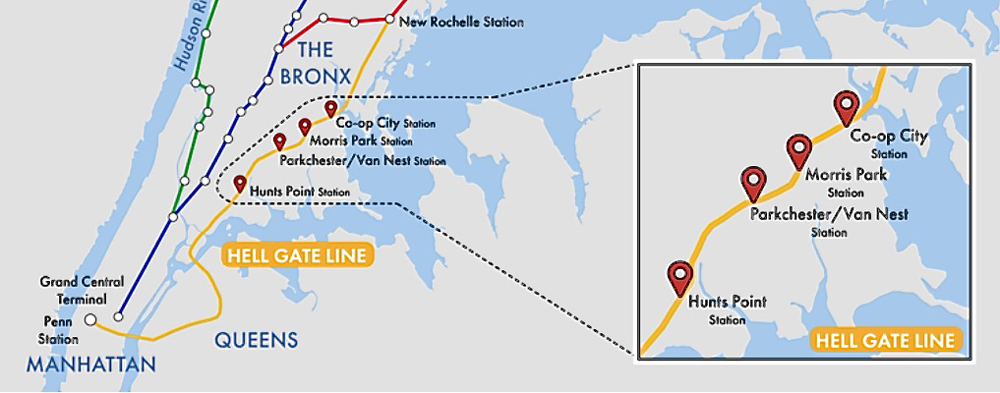
The project will use the Amtrak Hell Gate Line, which currently does not see commuter service, and take advantage of station slots opened at Penn Station by the forthcoming opening of the Grand Central Madison project, which will shift some Long Island Rail Road trains from Penn Station to the new facility beneath Grand Central Terminal.
The Metropolitan Transportation Authority awarded the major contract for the project a year ago [see “MTA awards contract …,” Trains News Wire, Dec. 16, 2021]. It will add stations at Hunts Point, Parkchester/Van Nest, Morris Park, and Co-op City, which are estimated to reduce commute times by as much as 75 minutes for some passengers.
Currently projected to cost $3.18 billion following the addition of funding of the yard in New Rochelle, N.Y., where the Hell Gate Line meets the New Haven Line, the project is expected to see service beginning in 2027. It will also require four new interlockings, reconfiguration of the Pelham Bay interlocking, five new electrical substations, and upgrades to two existing substations.
“Bringing Metro-North service to Penn Station will connect the subway, LIRR, NJ Transit, PATH, and Amtrak, offering regional connections unlike anywhere else in the country,” said Catherine Rinaldi, Metro-North president and Long Island Rail Road interim president. “The completion of all transportation projects underway will redfeine what transit looks like in the Tri-state area and provide essential transportation to communities with limited options.”
The project will involve adding a third and, for most of its length, a fourth track along Amtrak’s currently double-tracked Hell Gate line, which was built to accommodate up to six tracks. Amtrak, which also benefit from the infrastructure improvements along the Hell Gate Line, is contributing $500 million toward the project, and has agreed to pay any costs resulting from delays if it fails to meet commitments to provide workforce or outages for construction work.






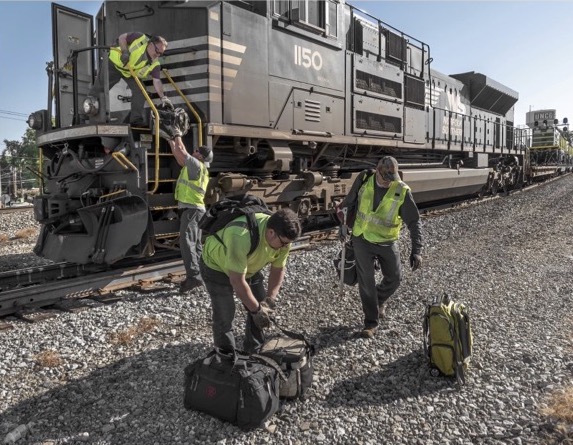
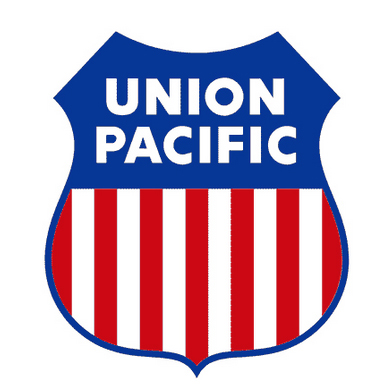
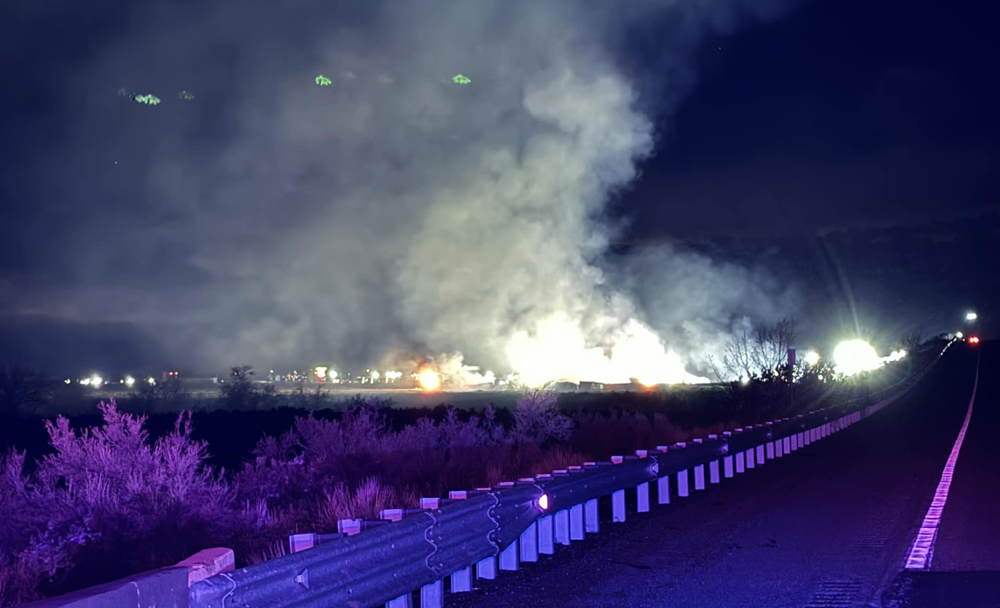
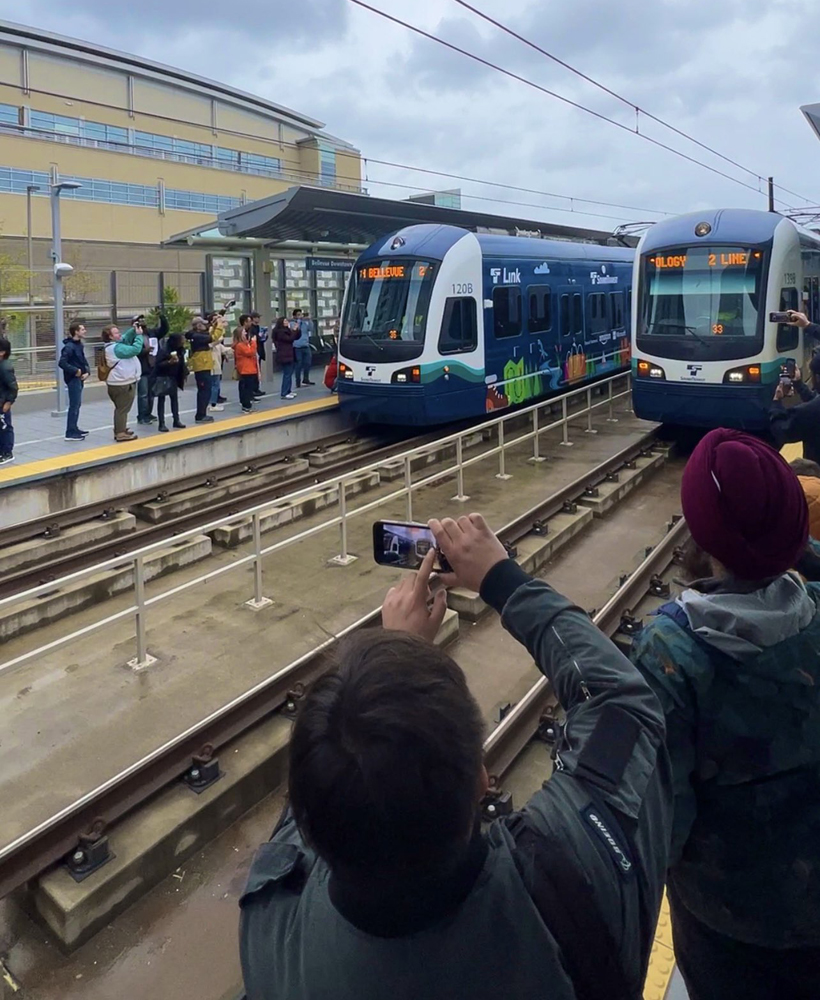




Mr. Pins, Absolutely right. forgot about NH local service, but as I recall, it also terminated in the Bronx and connected with the 3rd Avenue El.
I actually have the book, Westchester’s Forgotten Railway by Roger.
I have been an ERA memeber since 1965 and as a kid was totally fasinated with the Westchester. As you know, the Dyre Ave line (5) is a remmant of the Westchester. That line broke off at E. 180th Street station, still there, and crossed the New Haven line at about the old, now defunct, Columbus Avenue Station. Still visible, the bridge supports. That line went to White Plains.
I do not understand how this could cost over 3 BILLION $s when the right of way and bridges are already there.If its 20 miles CT border to HELLGATE BRIDGE,EVEN WITH government bureaucracy how could it cost that kind of money.Are the commuter tracks both going to be on the same side of the Amtrak mainline.How many miles from junction to hellgate bridge.
A few corrections:
!. The new Haven’s New Rochelle – Willis Avenue “?Harlem River Shuttle” was a sepasrate operation from the NYW&B. The NYW&B was adjacent to the NYNH&H New Rochelle – Portchester and shared NYNH&H tracks in The Bronx (south of approx. E177 St.) but was separate, with as branch from Mt. Vernon to White Plains, between.
2. There is a yard east of New Rochelle Station with catenary. There will be no need to run trains light between there and Stamford
The M8’s would have to get to Harold Interlocking before third rail was available, so this forum still has not answered the question of how they negotiate the short section between the change to 25 cycle and Harold, assuming Mr.Mulligan is correct that they are incapable of so operating.
These will be very money-losing operations. The seats for the Bronx – Penn Station riders will have to move empty from Stamford or New Haven to the Hell Gate Line stations, then be sold at an intra-NY City fare. .
Which LIRR trains will not operate to create slots for the new trains? The slots created by the ESA trains seem to be spoken for already. NJT’s Gateway project may free up some low numbered tracks once it’s opened
M8 cars cannot operate on Amtrak’s 25 Hz power as they currently exist. They will need heavier transformers for the low frequency and probably other switchgear. Theoretically, M8’s can use either MNR’s underrunning third rail (ex-NYC) or LIRR’s overrunning but on a day-to-day basis, this capability has been elusive.
Mr. Mulligan – I believe the Hell Gate line remains on the old PRR 11kv (now raised to 12.5) power, so no problem there. Correct me if I’m wrong.
I now correct myself. By “Hz” you mean what used to be called “cycle,” right? So that’s the problem.
I now reply to my reply to my reply, and further muddy the waters. A dim bulb in my memory (dim, but still lit) reminded me that I had raised this question in 2009, when it was proposed to run football specials from Metro-North through Penn Station. Don’t know if they ever ran, but greater minds than mine told me that Amtrak, like Metro North, was 60 cycle from New Rochelle all the way over Hell Gate Bridge (although at 11kv, not 12 or 12.5) to a place called Bowery Bay, shown on some maps as Sunnyside Junction. This is not an actual junction, but rather the point where the Hell Gate passenger tracks diverge from the freight tracks which went to Bay Ridge in Brooklyn. Here it goes from 60 cycle to the old PRR 25. Amtrak trains make this changeover without any problem. M-N or NJT cars might require a wayside magnet signal to make a changeover (don’t know what that implies – above my pay grade). If this was the case, wayside magnets would be installed at Bowery Bay. Clear?
MNR M8 transformers are not designed for 25 Hz. This was a tradeoff to save weight (and probably $$$)
The Amtrak power was designed to handle both frequencies and both voltages with automatic switching, while the MNR M8’s were designed for 60 Hz only. They were never* expected to run on 25 Hz.
* What, never? No, never! What never? Well, hardly ever…
Gilbert & Sullivan HMS Pinafore
Does anyone remember the theme park that Co-op City was built on. It was called Freedomland. I was there once and vaguely remember the train, the turnpike and the Chicago Fire reenactment.
Yes I remember Freedomland, driving on I-95. Which would have been sometime between 1963 and 1968 or so.
I wrote a short story supposedly set in Co-Op city in the early 1960’s, with the “mouse print” at the end of the story saying that in actuality Co-Op city wasn’t built yet.
I’ve always liked Bronx. My most famous relative is a native. (You can look it up.) My last time in NYC, 1999, was to Throgs Neck Bronx, a gorgeous seaside neighborhood also mentioned in the same short story. I’ve not been to either City Island or (I think) Silver Beach (did I get that right?) which are also seaside neighborhoods in Bronx.
Bronx is one of the most scenic settings for a city. Spuyten Duyvil Creek which geographically divides Bronx from Manhattan, could be a tourist attraction if it were in a national park in the mountains somewhere. (Technically, though not geographically, both sides of Spuyten Duyvil are in the borough of Manhattan, neither side is politically Bronx.)
Freedomland was conceived in 1959 and operated from 1960 through 1964, when it declared bankruptcy. See wikipedia article from the link. https://en.wikipedia.org/wiki/Freedomland_U.S.A.
I’ve gained $17,240 only within four weeks by comfortably working part-time from home. Immediately when I had lost my last business, I was very troubled and thankfully I’ve located this project now in this way I’m in a position to receive thousand USD directly from home. Each individual certainly can do this easy work & make more greenbacks online by visiting
following website…..>>> https://careerboost01.blogspot.com/
what’s the address of your jail cell in Nigeria so I can DM you?
As a long time observer, tho’ not so informed for the past 5 decades of the NYC scene, it looks like “past to the past.” You have to be astonished at the Hell Gate.
These stations being built are not “new” stations. There are remmants of the old stations still visible. They were serviced by the New York, Westchester, and Boston on a line that operated from Port Chester along the New Haven to New Rochelle and then via the Hell Gate line to, I believe, 133rd street in the Bronx, making connection with the 3rd Avenue El. One can see the easement for six tracks between P. Chester and N Rochelle. Also, catenary supports are six tracks in width. These trains DID NOT operate into NYP. That service ended during the depression.
The New Haven did operate into NYP via the same line but did not make stops at those stations.
For those interested in this little-known aspect of New York rail history, “the” book is “Westchester’s Forgotten Railway,” by Roger Arcara, published by Quadrant Press in 1972 (revised and expanded edition). The railroad south from New Rochelle Junction was the Harlem River Branch of the New Haven, and NH did at one time operate local passenger service along it, as well as the NYW&B.
This is the kind of deep dive and historical context that makes my time spent at the news wire worthwhile. Thank you!
When I was young, what remained of the New York, Westchester and Boston had become the Dyre Avenue line of the IRT subway division. It terminated at a station next to the 180th Street Station of the White Plains Road branch of the IRT to which there was a free transfer. At some point, a flyover from the Dyre Avenue Line to the White Plains Road line became active and trains from Dyre Avenue went all the way downtown. I had always wondered why that flyover existed unused until one day I saw a train on it.
In any case, the NY,W&B, would not have used stations on the New Haven Hell Gate line in the Bronx at or north of 180th Street. Of the four new stations, only Hunts Point would have been on the NY,W&B which ran next to the Hell Gate line south of West Farms.
See map at: http://nywbry.com/maps/
Thank you for the link. I hadn’t seen this site before.
I heard that for part of the Penn Station access, Amtrak and the MTA would also replace the Pelham Bay Bridge with a high level fixed span sort of like the new Portal Bridge, is that still happening or will that be separate from the current Penn Station Access project?
Nonetheless it is still exciting to see another long awaited project leave the proposals phase and enter the actual construction phase, and I can’t wait for other projects like this to become more than just proposals and actually become reality.
When did Robert Moses do us a favor by leaving us and going on to the Next Life? Half a century ago?
When was Co-op City built in a transit desert? Half a century ago?
In New York, projects are measured by the half century. Sometimes it’s worth the wait. This is an awesome project. Whatever it costs, do it.
An “awesome project” indeed Charles. To borrow a book title, Hell Gate Bridge is one of the “Landmarks on the Iron Road”. Gotta wonder if some of the new riders, especially those sitting on the west side of the train, will take their eyes off their iPhones and iPads and let themselves be awed by the view of the Manhattan skyline as the train climbs or descends the Queens approach to the bridge. Back in 2012 or so I was riding a westbound Amtrak NERegional. As we started up the Bronx approach, I crossed the aisle to an open seat row and looked out at the majesty of the bridge’s concrete arch approaches and the center span itself. I had ot nearly had my nose against the windoe
Stupid fingers. …window like a little kid. The woman in the seat in front sensed my presence, looked up from her book and gave me a quizzical look as if saying “What could possibly be so so interesting out there?”. I said “That’s Hell Gate Bridge, completed in 1917, and what allows this train to to get to Penn Station and on to DC. It’s one of the famous railroad bridges in the country. She looked out, shook her head, and went back to reading.
I find that whenever I ride the NEC the first thing that passengers do, once they sit down, is close the shades so that the light from outside doesn’t reflect on their computer screens. No one seems to be interested in what can be seen outside the windows.